Writes Kaiser A. Mir
Childhood, the most innocent phase in our life. During this stage of life the human foundation is laid for a successful adult life. It is the phase when we are carefree, fun-loving, learning, playing. A flash back into the childhood, for most of us, there are sweet memories. It was wonderful to have grown up with such carefree abandonment while we had parents, grandparents and others looking after us. But, this is the story of not too many children.
Yes, there are far more children whose childhood is full of worries. They would do anything to get out of the dungeons of being children and controlled and tortured by others. They want to break-free from this world. Some manage to get out and get a better life, but many continue to be where they are, not out of choice, but force.
This is the true but ugly face of child labour. Today one of the greatest maladies that have spread across the world is that of child labor, coupled with child abuse. There are many industries and individuals, who engage innocent children in work under difficult conditions. They make them work for long hours weaving delicate threads to make the world’s most expensive carpets. They make them work in dangerous factory units manufacturing fireworksor chemicals. They make children carry load even heavier than their own body weight. They engage children as bus conductors making them shout loud and hang around a moving bus.
According to the United Nations and the International Labor Organization, child labor is to be considered if: “States Parties recognize the right of the child to be protected from economic exploitation and from performing any work that is likely to be hazardous or to interfere with the child’s education, or to be harmful to the child’s health or physical, mental, spiritual, moral or social development.” So, in layman’s terms, child labour is any kind of work children are made to do that harms or exploits them physically, mentally, morally, or by preventing access to education.
In our so called literate, there are individual households that have their own young children growing up in a cozy environment, but they hire children as domestic helper. Some of such people beat them and physically torture for even a small mistake.
Such is the story of thousands of children across India including in our state. The future of this nation is the children. And instead of nourishing them and nurturing them with a healthy childhood, they are letting be tortured in dungeon-like work places.
However, one must also understand that all work is not bad or exploitive for children. In fact, certain jobs help in enhancing the overall personality of the child. For instance, children delivering newspapers prior to going to school. When they are given pocket money earning oriented tasks, they understand the value of money, as well as respect it even more.
While these are the positive aspects of tasks and working, the actual universal problem of child labour is the exploitive and dangerous work and working conditions children are put through.
Poverty and lack of education are the two primary reasons for the every-growing social malice of child labour. Parents in the poverty zone of society give birth to money-making machines, and not children. They carry infants to earn more on the streets from begging. Then as they grow they make them beggars, and eventually sell them to employers.
The leading reason is poverty. Families need additional sources of income. And unfortunately their poverty-stricken way of life makes them so ruthless that they sell their children as commodities to exploitive employers. Most such employers pay a lump sum for the child and then keep him or her imprisoned within the factory unit till the child cannot work due to deteriorating health as a result of harsh living and working conditions. A hard and terrifying truth about child labor in India!
Most parents families believe that a child is born to them to earn more money for the family. The child is just another source of income. And traditional business families in fact put the child into the business rather than sending them to school. Under the pretext of training them, they make them work long hours, sometimes resorting to physical torture in case the child makes mistakes.
According to the ‘Roots of Child Labor’, curing UNICEF’s 1997 State of the World’s Children Report,
“The parents of child labourers are often unemployed or underemployed, desperate for secure employment and income. Yet it is their children – more powerless and paid less – who are offered the jobs. In other words, says UNICEF, children are employed because they are easier to exploit.”
While experts blame the system, poverty, illiteracy, adult unemployment; yet the fact is that the entire nation is responsible for every crime against a child. Instead of nipping the problem at the bud, child labour in India was allowed to increase with each passing year. And today, young ones below the age of 14 have become an important part of various industries; at the cost of their innocence, childhood, health and for that matter their lives.
In a book released in 2011 “Child Labor: A Curse of Jammu and Kashmir” absolute neglect of anti child labor law was brought to light written by Dr. Fayaz Ahmad. According to this book about two lakh 40 thousand child laborers are in Jammu and Kashmir.
Every state has a moral obligation to provide all children with care and equal opportunities in education, but these rules are not implemented. These are rather flouted. Every year crores of rupees are being spent through Sarva Shiksha Abhiyan (SSA) in a bid to attain total literacy across the country.
Child labour presents a pathetic scene in Valley children who should have been in schools but are spotted in commercial establishments and in our households. Can this crime against children be eradicated from society? The answer is yes, as long as we take measures to first bring it under control. Once the malady is under control then we can slowly, steadily and surely eradicate this problem and give every child a well-deserved healthy and normal childhood.

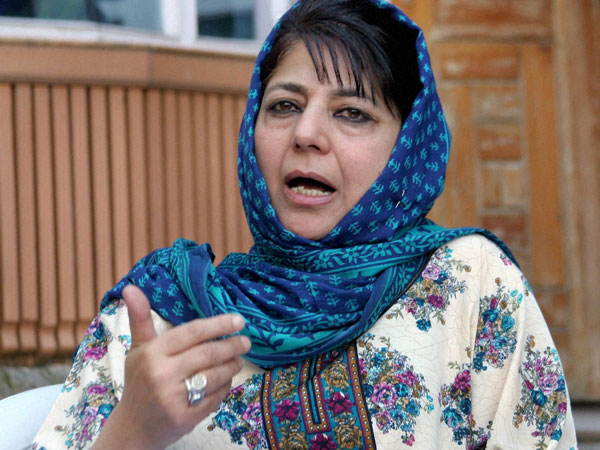




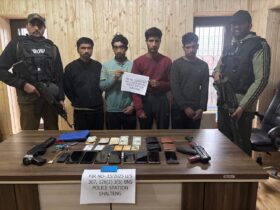

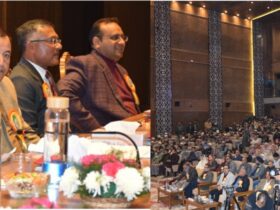


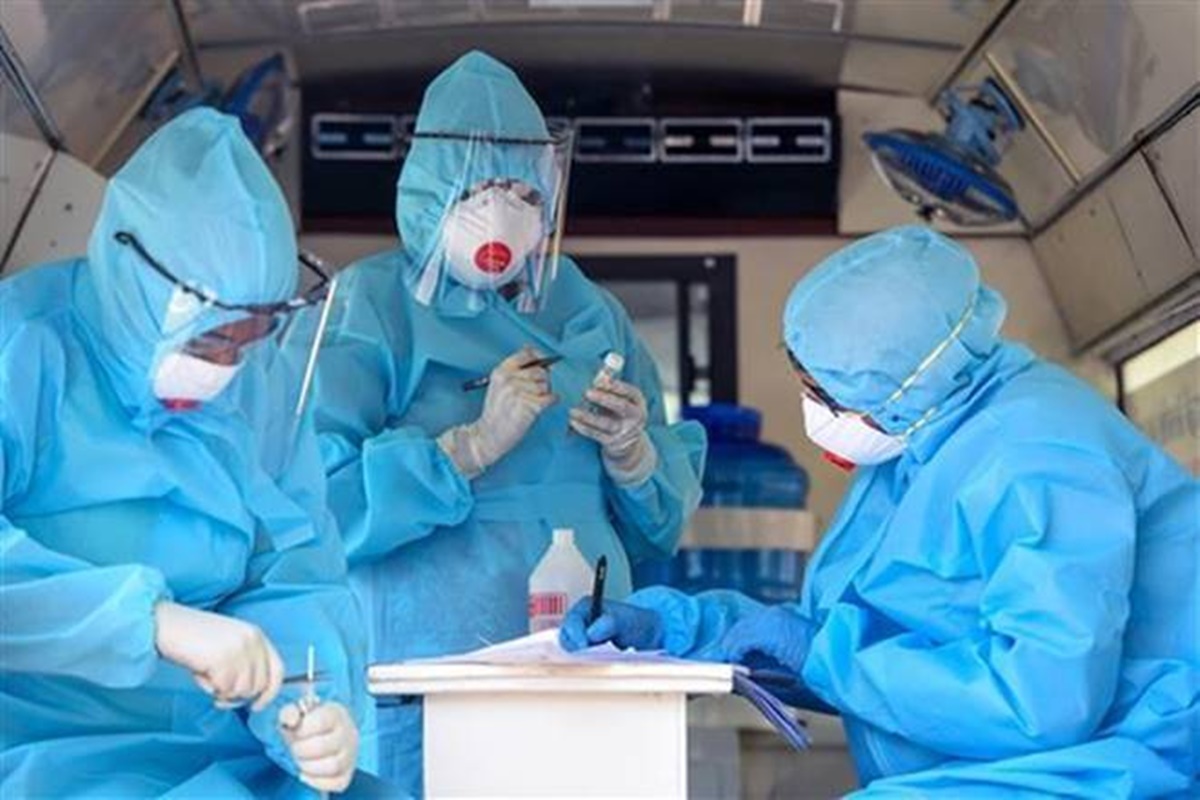


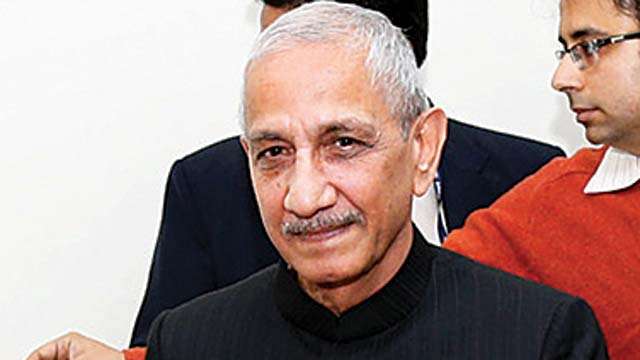
Leave a Reply